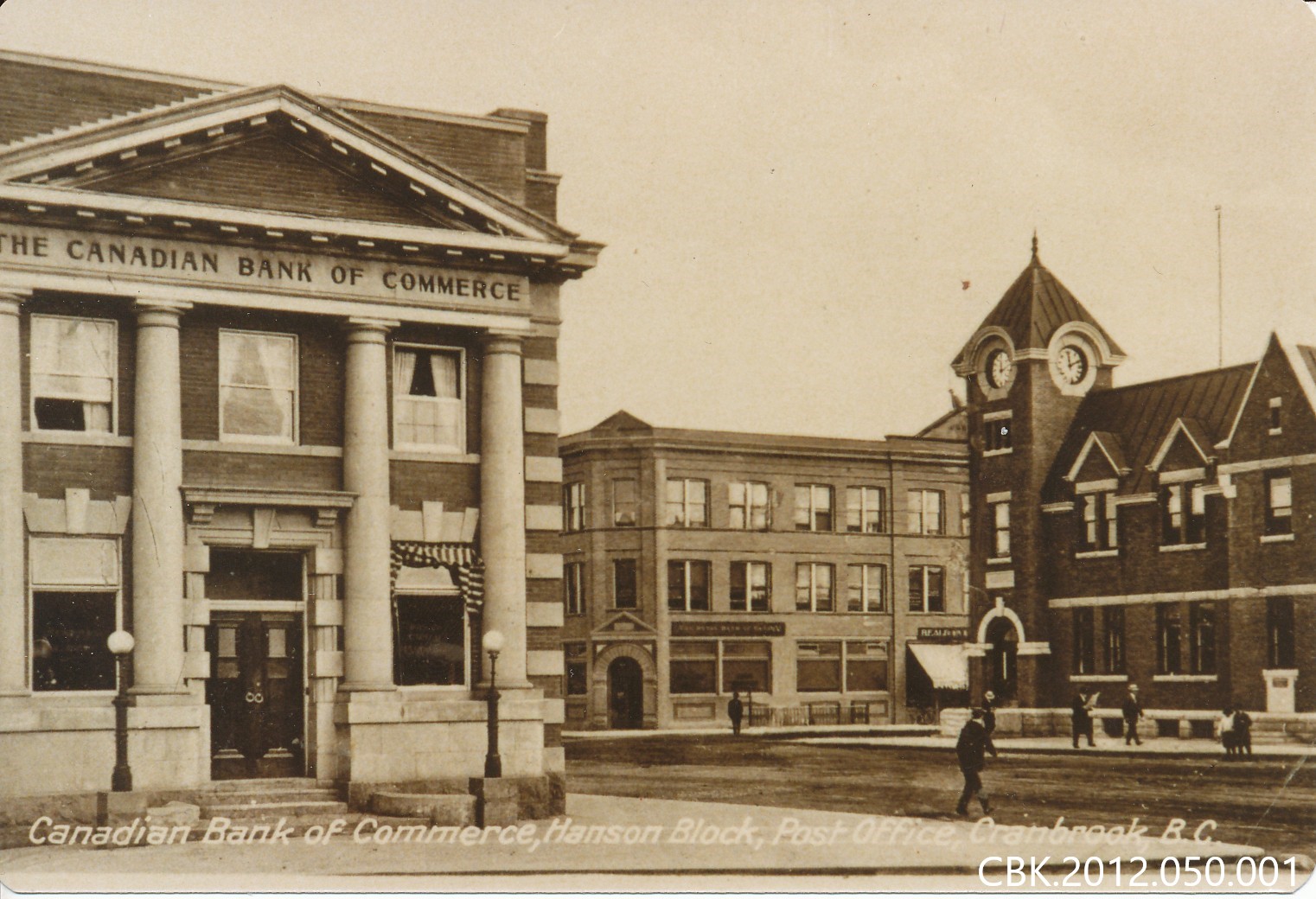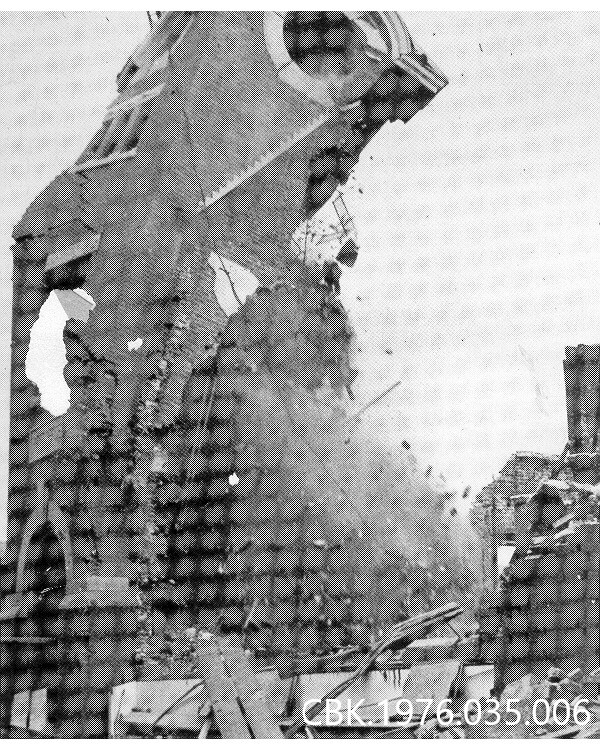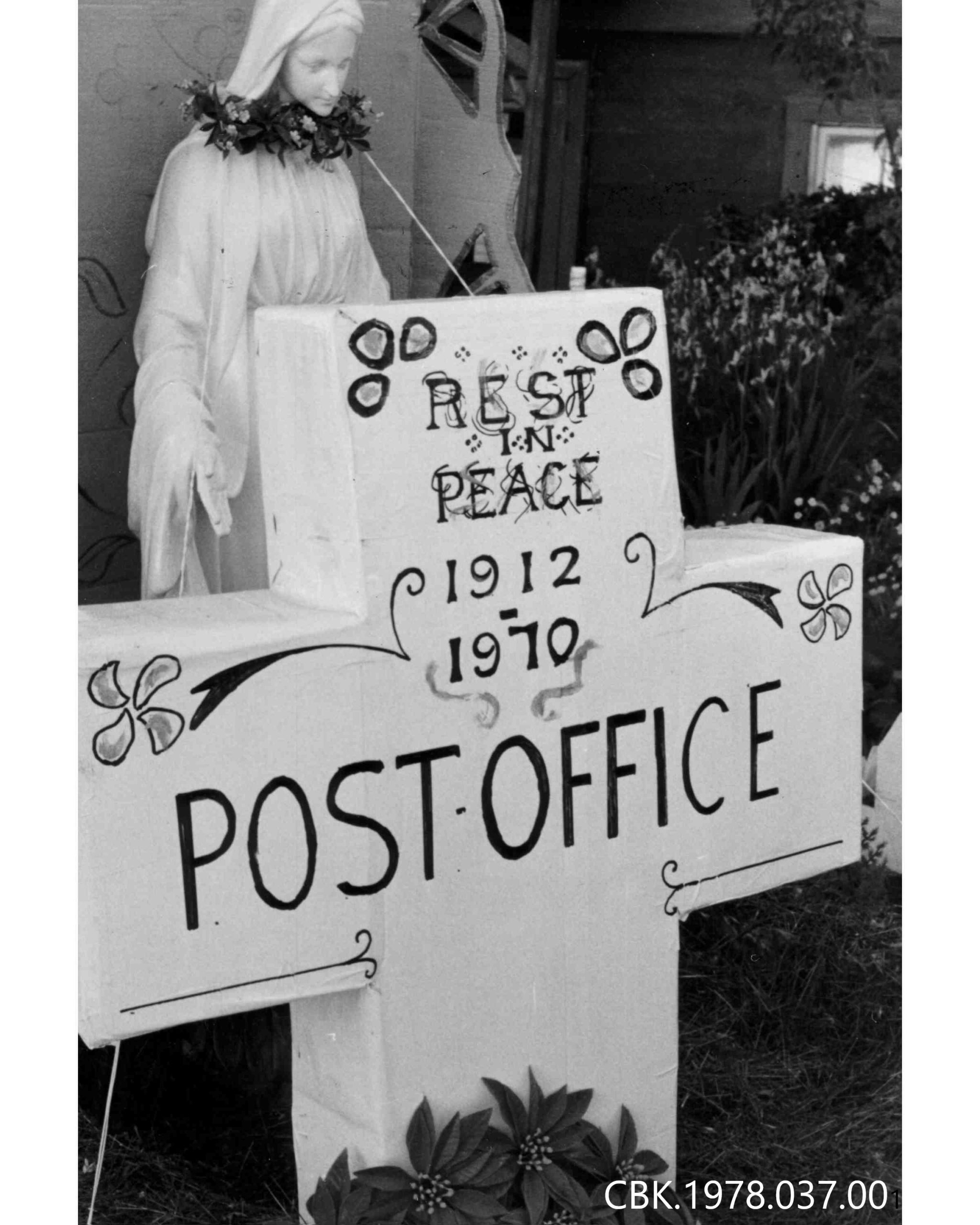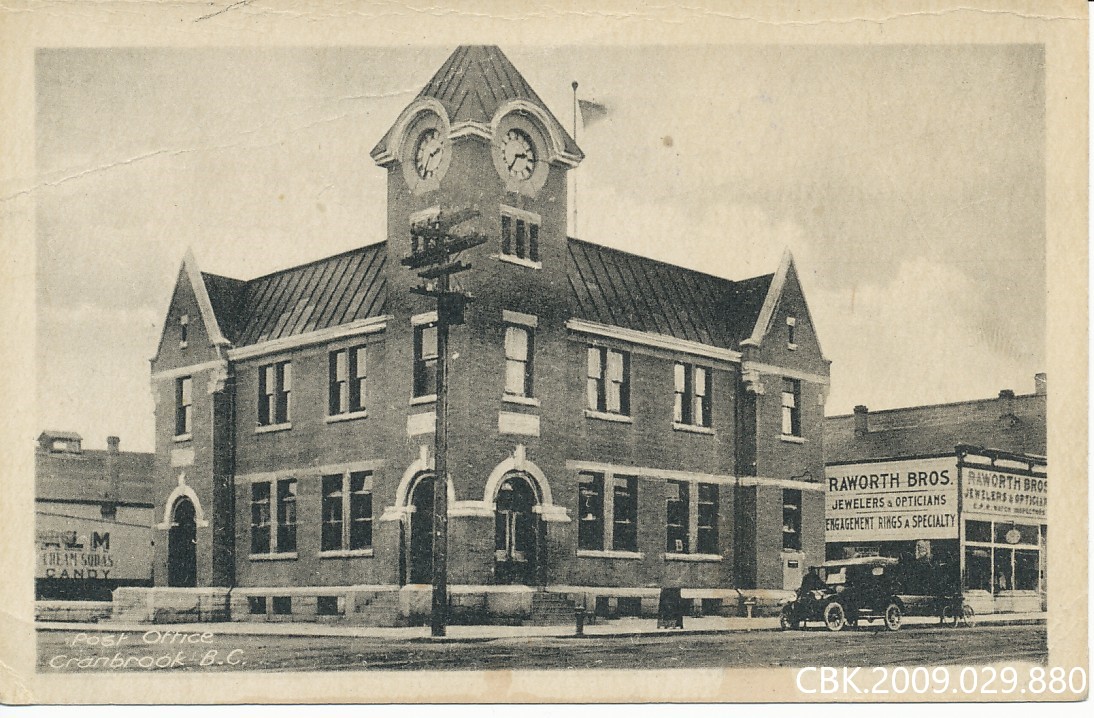On July 6, 1971, Cranbrook’s old Post Office, otherwise known as the Dominion Building, was torn down with many locals mourning the loss of the iconic building.
Construction on the building started in 1911 on the corner of 10th Avenue and Baker Street and took about two years to finish.
“It was a pretty major bit of construction for Cranbrook, we never had a building that big. It was constructed out of local bricks, which was notable at the time. They used local bricks because they were really high quality,” said historian Jim Cameron.
The building was also made from about 90,000 pounds of imported granite.
According to Cameron, the three-storey building opened in early 1913, with each floor serving a different purpose.
“The bottom storey was pretty much just the post office, and I believe it had a Weights and Measures office in the back, which is a long-gone institution. The second storey was a Canada Customs office, and it had living quarters for the caretaker and his family. It served the community from 1913 until the summer of 1971,” explained Cameron.
The second story also housed Cranbrook’s public library, which was later moved into the present-day courthouse building before the Dominion Building was torn down.
In its 58-year existence, the Dominion Building became well known in the community. It was one of the largest buildings in the growing city and its clock tower served as a central way to tell time. That said, its regular chimes were not everyone’s cup of tea.

“You could hear it all over town, it was the first real timepiece that kind of pulled Cranbrook together time-wise, people set their clocks by it all the time. It was loud enough that a lot of the people at the nearby hotels would complain that it would go off every quarter-hour all through the night,” explained Cameron.
The building stood out in the community and distinguished Cranbrook as a city with a bright future.
“Cranbrook was really proud of it. It was notable because it represented Cranbrook as a real up-and-coming business centre. Every town had a post office, in fact, Cranbrook had five before this one, but they were all in the back of buildings down on main street,” said Cameron.
The building became a meeting point for residents and visitors because of its central location, size and unique look.
Over time, the Dominion Building became outdated, and the infrastructure aged. Cranbrook had also outgrown what the post office could handle, it was built when the population was about 3,000, which had grown to about 10,000 by the late 60s.
As Cameron notes, the late 1960s and early 1970s were a time where small communities were modernizing. A new post office was built downtown, near Rotary Park, which is still in use today.
“They (the provincial government) offered the post office to the city, for I think about $144,000, which was a good sum of money in 1971. The city really wasn’t interested in it,” said Cameron.
The building was ultimately bought out by a local drug store owner who wanted to repurpose the lot.
“His plan was to put up a four-storey, really modern-looking building, mostly made of glass. He wanted to have his drug store on the bottom floor and businesses up top. That never ended up coming to fruition. He bought the building and had it demolished and he did put up a drug store, but it was only one storey,” said Cameron.
On that fateful day, July 6, 1971, a wrecking ball positioned itself next to the once-iconic building as residents began to gather nearby.
Cameron was about 15 years old at the time and watched as the Dominion Building fell. The inner workings of the clock were removed before demolition began.
“I remember watching the wrecking ball start in on the tower. It took about two hours to knock that tower down, with just relentless pounding. You could hear it all over town and you could see the dust flying,” explained Cameron

Cameron said he was initially interested to see what a wrecking ball could do to a brick building, but the mood changed as he realized what it meant to the community.
“I recall looking at one old fellow standing next to me and seeing tears coming out of his eyes, which was not common. It just started to hit me that this wasn’t just some old building getting knocked down,” said Cameron. “It was the heart of the community in a lot of ways, and I don’t know if people realized that prior to the demolition as much as they did a day or two afterwards.”
11 years later, in 1982, the Cranbrook Rotary Club began efforts to build a replica of the old tower, across the street from where it once stood. The new tower contains the original inner workings of the clock
“It’s a four-sided clock, it was a massive piece of timing equipment. It ended up at Fort Steele in their archives. Nobody in Cranbrook really wanted it, so Fort Steele took it,” said Cameron. “Fort Steele was gracious enough to re-donate it to Cranbrook.”
The new tower was formally dedicated in June 1985 and has been keeping time in Cranbrook ever since.
Jim Cameron will give a talk in partnership with the Cranbrook History Centre on July 21st to discuss the Dominion Building.
More: Lost Cranbrook: Memories of the Post Office 50 Years After its Demolition registration (Cranbrook History Centre)
Previous: Cranbrook History: Marking 110 years since City Hall’s construction (April 30, 2021)
More: Cranbrook History: Fire Brigade faced adversity before official incorporation (April 5, 2021)

This article was written in collaboration with the Cranbrook History Centre




